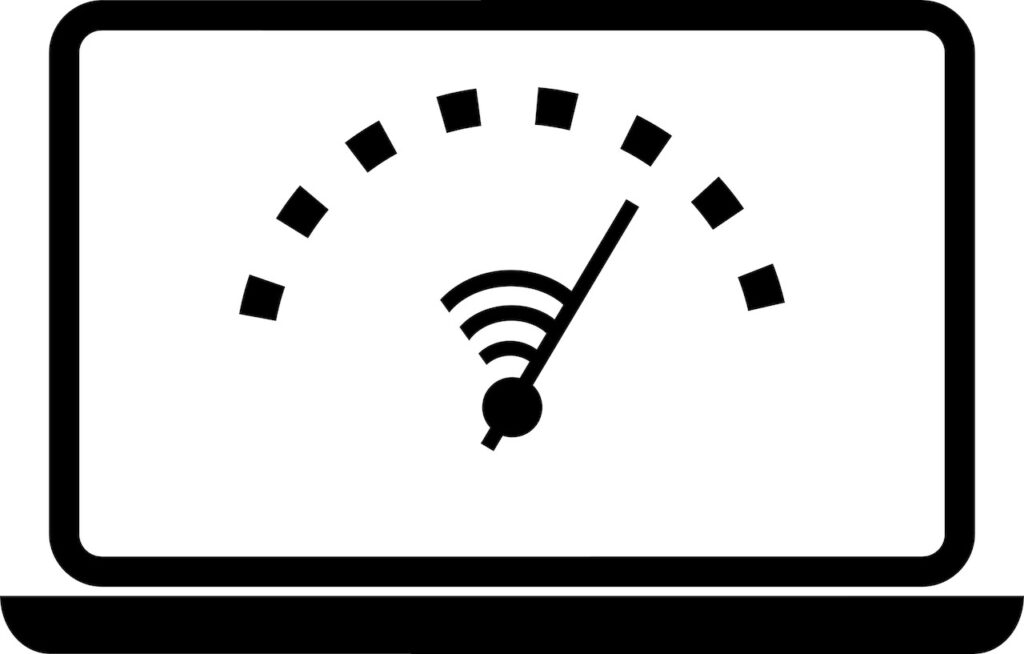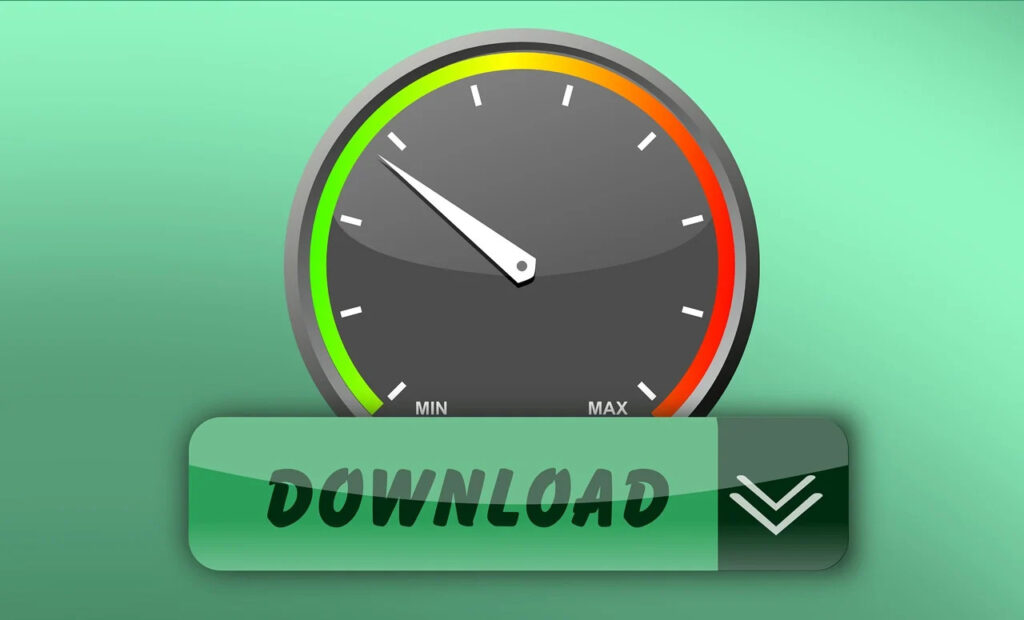Speed is an essential component in running a website successfully. There are two main reasons why it’s vital to account for the speed of your website. The first reason is that page speed analysis is one of Google’s key factors when it is ranking websites. The speedier your website is, the more likely it will be to be featured on Google’s first page.
Secondly, a good user experience is essential. If your website has a sluggish loading speed, then a significant portion of the visitors to your website may be tempted to hit the “exit” button without ever getting the chance to see what your website has to offer. Of course, if you choose to build your site with Mindspun, you will never have a problem with loading speed! We guarantee faster-than-average loading speeds at zero hassle. But if you’re still curious about how to run a website speed test properly, read on.
Related: Organizing Your Website: A Beginner’s Guide
Why Fast Website Speed Is Critical
Having a slow website is extremely annoying, and slow loading speeds may be hurting your company in more ways than you may think.
SEO Ranking
Google recently shifted its search directions to a mobile-first index. What does this mean for your website? This implies that the search engine now uses your website’s mobile version for ranking and indexing content. This boils down to the fact that the mobile version of your site has to load faster than the desktop version to rank higher. While the speed may depend on your website’s industry and kind, it should load within 4 seconds. The lower the load time, the more optimal SEO ranking and organic traffic your site will receive.
Google Paid Search
Your site’s loading speed has a direct impact on the quality of results you’ll receive from paid Google ads. As we can see from Google’s last update, the landing page experience that users receive when they check your site will affect your site’s quality score and how your Google ads rank and your PPC costs. If your site can load swiftly, any paid Google ads you have will have a more significant impact.
User Experience And Conversion Rate
User experience is directly affected by site speed, which in turn directly affects SEO. Moreover, low loading speed will result in a lower conversion rate and a high bounce rate.
Social Media Ads
Facebook and Instagram both pre-fetch or pre-load advertisers’ sites before approving their social media ads, which ensures that their users won’t have to wait an extended period when checking their advertisers’ sites. These social media platforms also report that website landing page speed has a significant impact on ad auctions and delivery. Facebook released an internal study in 2016, finding that pre-loading advertisers’ sites can increase the mobile site loading process’s speed by around 8.5 seconds! That decrease in time boosts the overall amount of ad clicks that go to advertisers’ sites, along with the overall performance of their ads.

Related: Organization Strategies For Your Small Business
How You Should Run A Website Speed Test
Only running one kind of speed test may not give you a comprehensive overview of how your website performs. This is because there are so many factors that can affect the quality of the test results. Below we delve into some of the ways you can run a website speed test to give you better results.
Run Multiple Tests
While most speed test tools are relatively reliable, you’ll quickly discover that each test will give you different results. Generally, the difference between various tests is the exact time required to load the web page. Thus, your best bet is to run multiple tests to get a more accurate picture of the results.
Try Multiple Test Locations
If you are physically residing in Asia, and your website receives a large percentage of its visitors from the US and the UK, then solely testing using servers in Asia may not offer the accurate results you’re looking for. We recommend using tools like Google Analytics to take a peek at where most of your visitors come from and take note of the top five most common locations where visitors to your site come from. For example, suppose the majority of your users come from the UK, US, Netherlands, Switzerland, and Germany. In that case, you can consider using a VPN to “dislocate” your location from Asia and change it into one of the countries your visitors are coming from to see how fast your website will load on your computer.
Turn On Website Caching
Before running the speed test on your website, you should always make sure that the caching is turned on. A cache refers to the temporary storage of web documents that can lower server strain and site lag. By turning on your website cache, you allow your server to recognize requests from visitors who come back to your site, enabling these repeat visitors to get a faster loading site when they revisit your website.
Best Tools To Run A Website Speed Test
There are different free and paid tools available that anybody can use to check your website’s speed. Since each tool contains unique features for measuring website performance, we recommend using more than one device to have a thorough understanding of your website speed. Here are some of the best tools you can use to run a website speed test:
Pingdom
Pingdom is one of the most well-known website speed test tools on the market and stands out from the rest of its competitors due to its ability to run the speed test for different geographical locations. Moreover, the test results are shown in a very straightforward way so that the average person won’t have any problems understanding them.
IsItWP Website Speed Test Tool
This tool is extremely easy to use, even for newcomers, and has the added benefit of being free. This tool allows you to check your website performance through running many tests and figuring out what is ultimately slowing down your site. The best part about this is that the improvement suggestions are neatly organized.
Google PageSpeed Insights
The most prominent feature of this tool is that it offers reports for both desktop and mobile sites. You can switch between mobile and desktop reports to find any common issues. Besides the speed test, this tool also provides detailed recommendations that will help you make your website better.
GTmetrix
GTmetrix is a popular website monitoring tool that allows users to test their website through powerful tools such as YSlow and PageSpeed. Just like Pingdom, it lets you change the test location. Moreover, you will get detailed reports of your website performance along with the summary of the results.
Related: Powerful Writing Techniques & Practices
When you build your website with Mindspun, you never have to worry about bloated loading times and prolonged waits. Mindspun is fast, simple, and sleek. Our servers offer next to no downtime. Build your site with Mindspun today.

Looking for a website that never lags? Check out Mindspun today!

 Mailing Address
Mailing Address